Esteemed Director Terrence Malick once said, “Nostalgia is a powerful feeling; it can drown out anything.” People forever yearn to go back to things that gave them a saccharine surge of dopamine and made them laugh until their sides hurt or made them clutch the duvet and stuff it into their eyes until the bogeyman was gone. No single author has composed a more exhaustive paean to pop culture nostalgia than Ernest Cline with his book, Ready Player One. So who better to direct the adaptation of such a book than the single most consistent director of movies that have shaped pop culture for almost 50 years, Steven Spielberg (E.T. 1982, Jurassic Park 1993)?
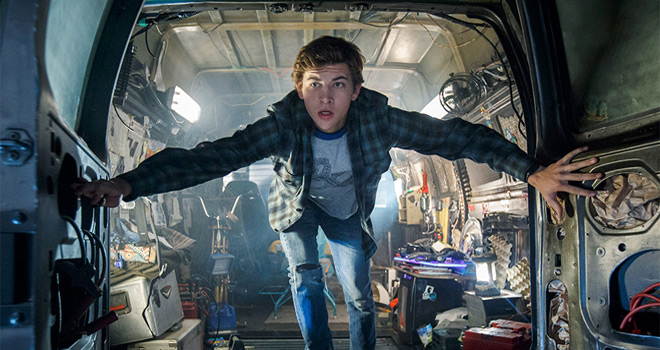
Released on Friday, March 30th, 2018 by Amblin Entertainment, Village Roadshow Pictures and Warner Brothers Studios, Ready Player One has enjoyed near universal acclaim. Spielberg’s films are always buffeted on all sides by positive and negative salvos from critics worldwide, and Ready Player One is no exception to that trend.
The story is based on a science fiction book by the same title written by Ernest Cline. Cline adapted his book for the screen – and more specifically a Spielberg screen – which resulted in a film that only cosmetically reflects its source material. Perhaps that is for the better because between watching a zit-faced kid play Joust in an arcade for ten hours and watching a mega-intense street race through dinosaur-and-King Kong-infested New York City, any self-respecting movie-goer would much prefer the latter.
The film retains a barebones resemblance to the book. It follows a hero named Parzival (Tye Sheridan: The Tree Of Life 2011, X-Men Apocalypse 2016) in a near-limitless digital world called The Oasis. The Oasis, in short, is a hyper-massive, virtual reality, multiplayer game created by the enigmatic James Halliday (Mark Rylance: Bridge Of Spies 2015 The BFG 2016) and to a lesser degree, Ogden Morrow (Simon Pegg: Shaun Of The Dead 2004, Mission Impossible Film Series). The entire world’s population virtually lives in the game; people spend days on end jacked into this boundless technicolor dreamscape. Upon his death, Halliday reveals via post mortem video that he has hidden a game within his game. The upshot of which is that whoever wins this game will inherit Halliday’s half-trillion dollar fortune and irrevocable control of The Oasis.
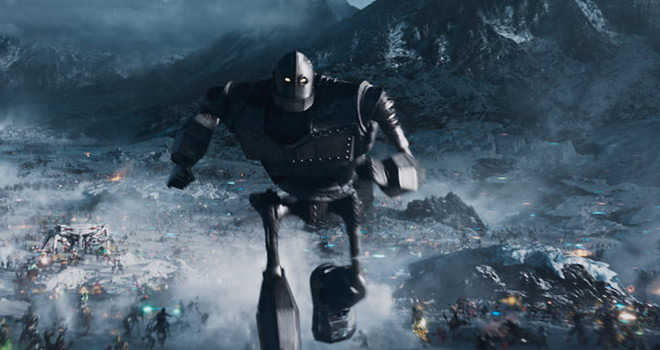
Also, vying for the grand prize is an unscrupulous company called IOI, led by the utterly loathsome Nolan Sorrento (Ben Mendelsohn: Rogue One: A Star Wars Story 2016, Bloodline Series), a former employee of Halliday’s. The world Halliday created is infinitely ornate and breathtakingly detailed in its pop culture reverence and if Sorrento were to gain control, he would turn it into a corporate money grab and is very vocal about his wishes to do so. Parzival, known as Wade Watts in his real life, and his de facto “clan” must fight IOI tooth and nail inside and outside of The Oasis to prevent this playground and its indescribable spirit from being destroyed and commercialized.
The real standout of Ready Player One is the astonishing visual effects, handled largely by digital effects powerhouse, Industrial Light And Magic. The man-hours spent to render these graphics combined with the familiarity of the moviegoer with the displayed character effectively transports audiences directly into The Oasis. Audiences cheer and chortle when faithful depictions of their favorite characters are displayed 15 feet tall on the screen and in staggering detail. What is more, the lush layers of expertly foleyed and evenly mastered sound in each sequence guide attention in a way that reminds the audience in case it somehow forgets that Ready Player One is merely clever nerd pulp folded into a mindless blockbuster. It is big and loud and flashy, in stark defiance of its whip-smart source’s relative deliberate pace.
Some fans of the book are put off by that defiance. Though it is co-screenwritten by the author of the book that it is based on, it feels like such a great departure that it could almost stand alone as “just a film Ernest Cline and Zak Penn wrote” instead of an adaptation of his book – a book with expansively layered nuance and cultural flourish. In all film adaptations of books, things will be left out in the interest of pacing, but in Ready Player One‘s case, so much of the book’s appeal was in its extravagant detail. The film, though a valiant effort at condensing it to two hours, omitted and altogether rewrote much of that detail and thus much of that magic was lost.
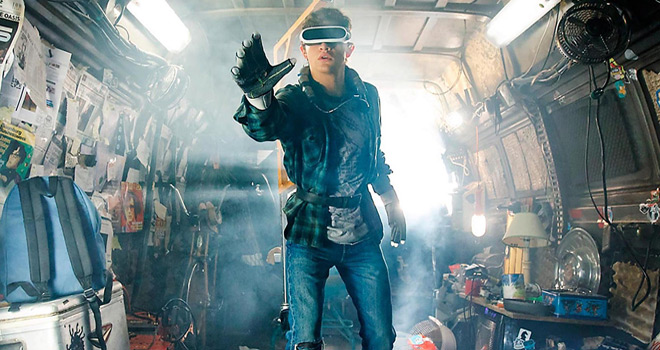
Despite any detractors, the buzz is Hercules-strong and shows no signs of slowing down. For reinvigorating a spirit of adventure and whimsy, its arresting visual and sound effects, and taking a winning risk of basically rewriting the story, CrypticRock awards Ready Player One 4 out of 5 stars.
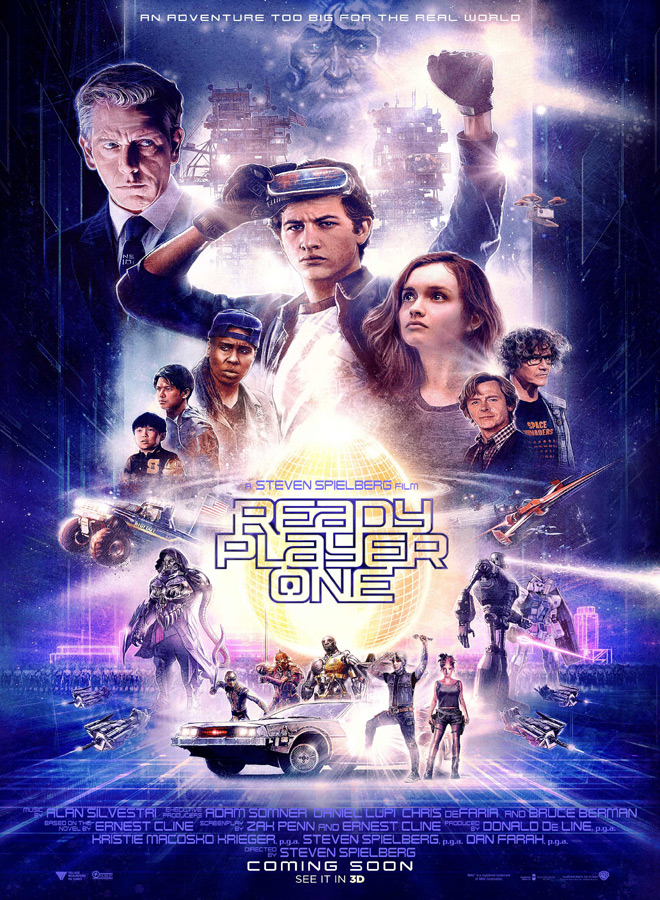


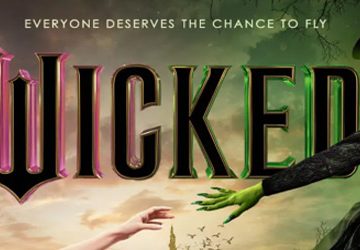


No comment